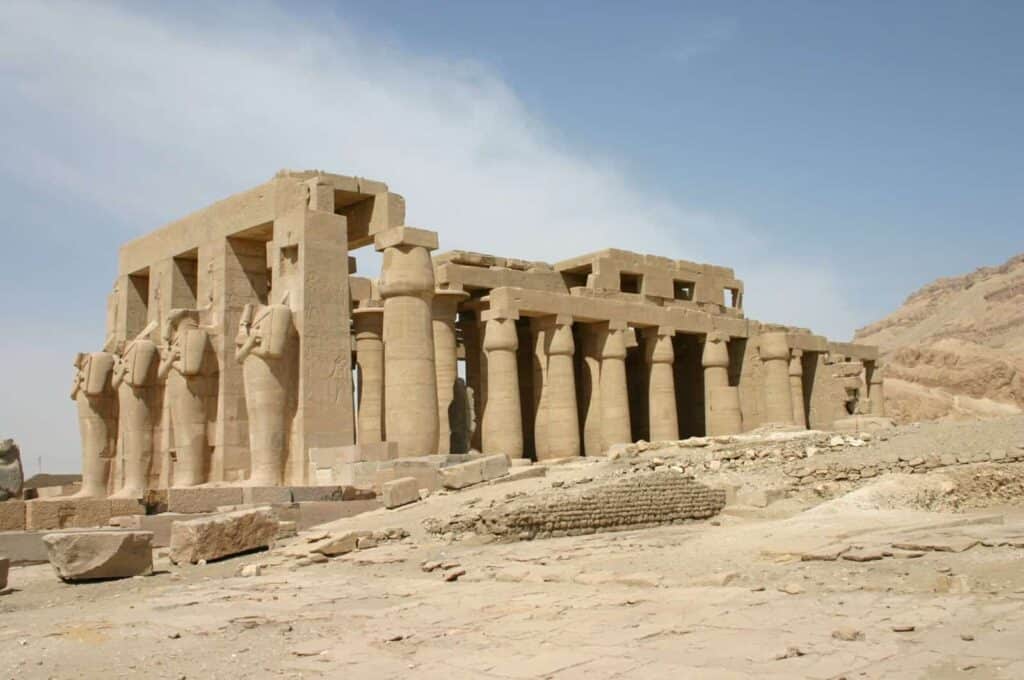Egypt overflows with historical attractions, and its temples in Upper Egypt rank high on the list of cultural sites to explore. Celebrated for their intricate relief work, bright colors, and storied scenes, temples are quintessential to the country’s heritage. Egyptians used these limestone and sandstone structures to honor ancient gods and goddesses and show their respect for Egypt’s rulers. Likewise, priests performed rituals and ceremonies to protect the nation from harm.
While many Egypt guided tour packages include stops at Luxor Temple, Karnak Temple, Abu Simbel, and other famous monuments––all of which we recommend taking the time to visit–– some Egypt custom tours will offer you a chance to experience the lesser-known temples, those rarely seen by tourists. In your itinerary, set aside a day or two and explore these off-the-beaten-path temples in Upper Egypt.
Dendera Temple
This temple commemorates Hathor (goddess of love, fertility, and healing), and is thought of as one of the best-preserved in the country, making it well worth the trip from Luxor. The complex consists of three separate temples: the main temple in honor of Hathor, the temple of Isis behind it, and a birthing temple toward the front. With its chambers, crypts, shrines, and delicately adorned ceilings, this colorful Greco-Roman masterpiece remains unscathed, featuring stunning Ptolemaic Egyptian art. Don’t miss the sacred pool (no swimming permitted) and the vast relief of Cleopatra VII and her son Caesarion depicted on the back wall of the temple.

Ramesseum Temple
This huge mortuary temple (a temple designed to commemorate a pharaoh) pays tribute to none other than King Ramses II, one of the most influential and powerful rulers in Egypt. Situated on the west side of the Nile River across from the city of Luxor, the complex was no easy feat to build––it took 20 years and thousands of workers to construct.
Ramesseum Temple was a space for Egyptians to worship, but it was also made to honor Ramses’ military accomplishments, it is only couple miles away from Valley of the Kings and Valley of the Queens. While much of this temple is in ruins, it’s still worth visiting to witness the grand hypostyle hall and impressive statues of the pharaoh and connect with its rich history dating to around 1200 B.C.
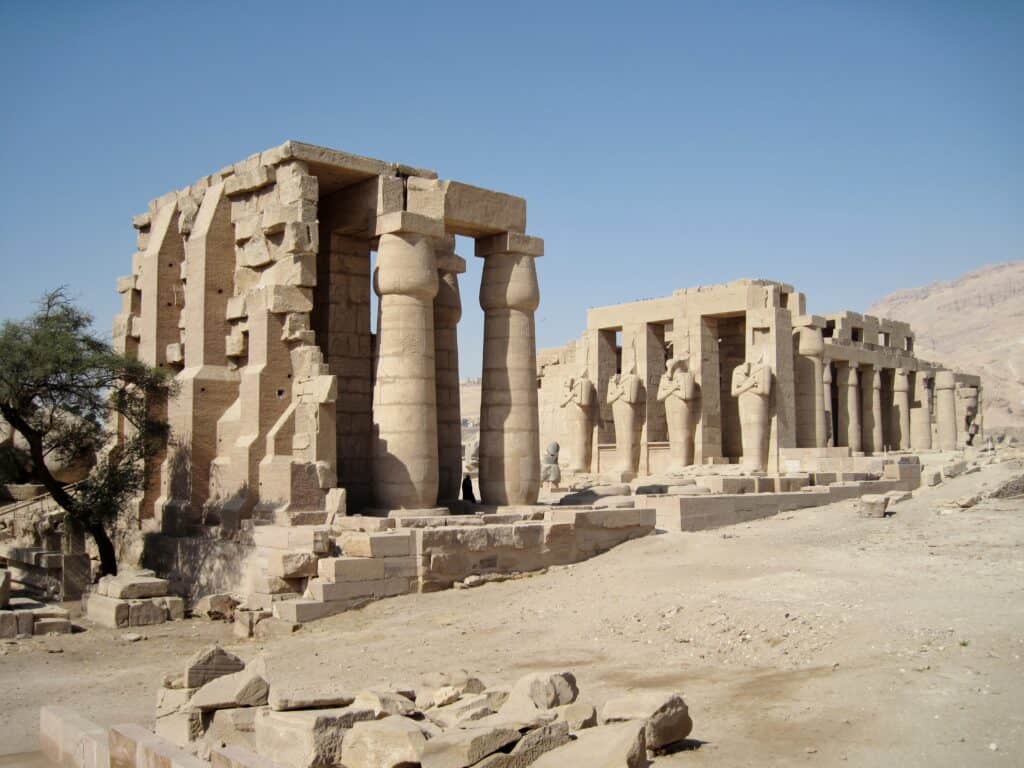
Esna Temple
Also called the Temple of Khnum––honoring the ram-headed god by the same name––this temple is one of the best temples in upper Egypt, it is set below the street level in the small farming town of Esna, roughly 30 miles south of Luxor. Although the structure is on the smaller side compared to other Egyptian temples, some of the detailing is notable. Egyptian-style images of Roman emperors adorn the temple’s walls; some of the murals have recently been under restoration, and hieroglyphics have been cleaned to reveal brilliant colors.
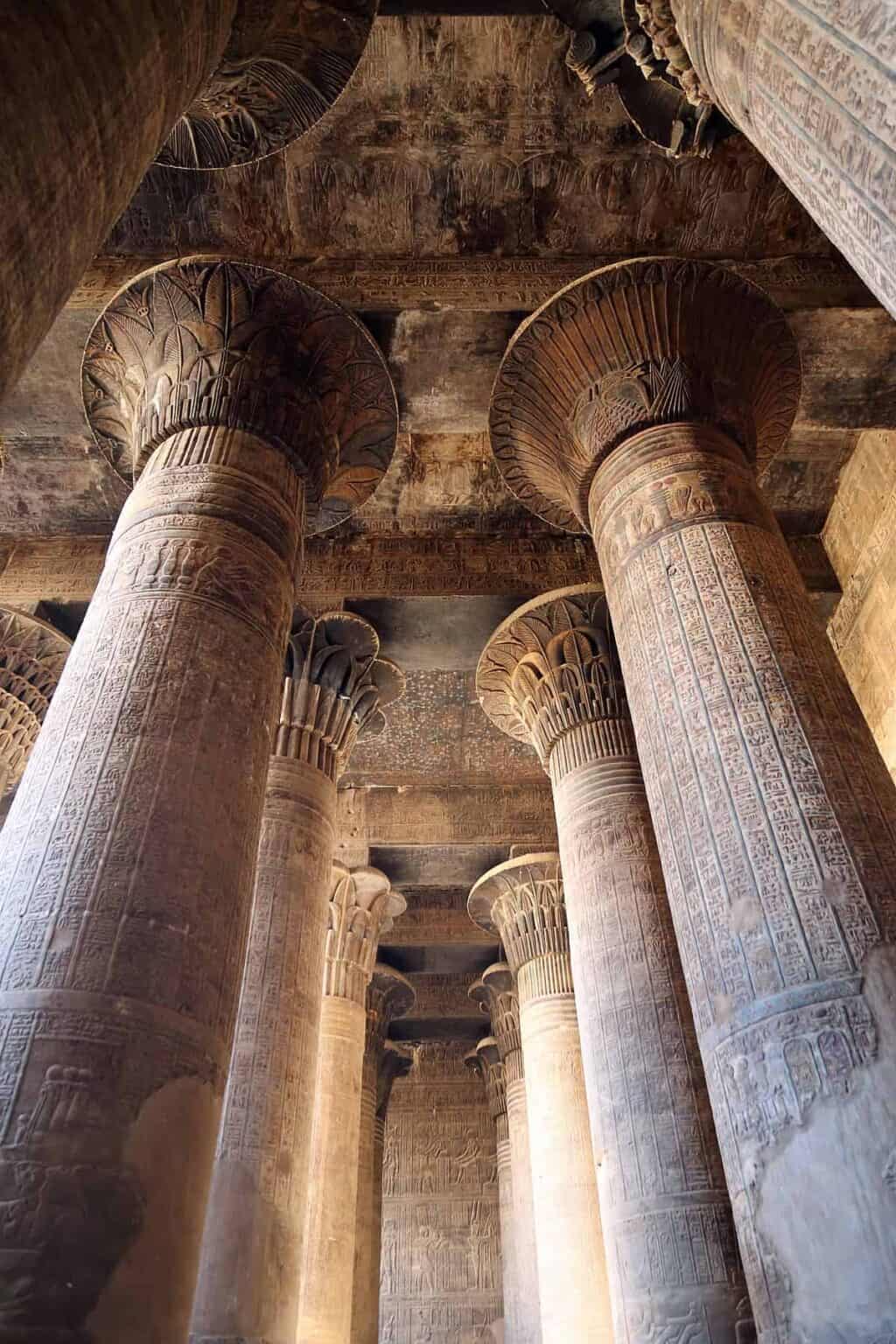
Kalabsha temple
Certain Egypt travel packages will naturally include a stop at Kalabsha. The temple sits on an island in the center of Lake Nasser, adjacent to the Aswan High Dam, so you’ll need to travel by motorboat to reach it. Built by Roman Emperor Augustus and dedicated to the Nubian god Mandulis, Kalabsha Temple was relocated to this site in the 1960s to protect it from the dam’s rising waters. Though much of this complex is not decorated, visitors enjoy reliefs and inscriptions, as well as the roof, which affords impressive views of the lake and the temple itself. Against the Compass, the popular travel website, labels this temple, “the least visited great temple in Egypt.”

Temple of Beit el-Wali
Also relocated in the 1960s because of the Aswan High Dam’s construction, this temple stands on the same island as the Kalabsha Temple. The name “Beit el-Wali” translates to “House of the Holy Man,” because a Christian hermit lived here for some time. Though it’s small in scale, the temple’s kaleidoscope of colors, including red, blue, green, and gold––very typical of Egypt’s architecture––are still intact. Studying Beit el-Wali’s art and engravings gives experts a reason to believe that the pharaohs used this temple to keep control over Nubia, rather than as a house of worship. The best Egypt tour packages may very well include a day focused on seeing Beit el-Wali as well as Kalabsha and the Kiosk of Qertassi, up next.
Kiosk of Qertassi
Sited on the same island as Kalabsha and Beit el-Wali, this slender Roman monument was also dismantled and moved due to the dam. Qertassi was built to honor Isis, the goddess of healing and magic, and the goddess Hathor. This graceful kiosk is punctuated by two columns and Hathor’s head at the entrance, with four thin papyrus columns inside. Although this temple is the smallest size-wise––it measures just 25 square feet––it’s well worth a look while you’re touring Kalabsha and Beit-el-Wali.
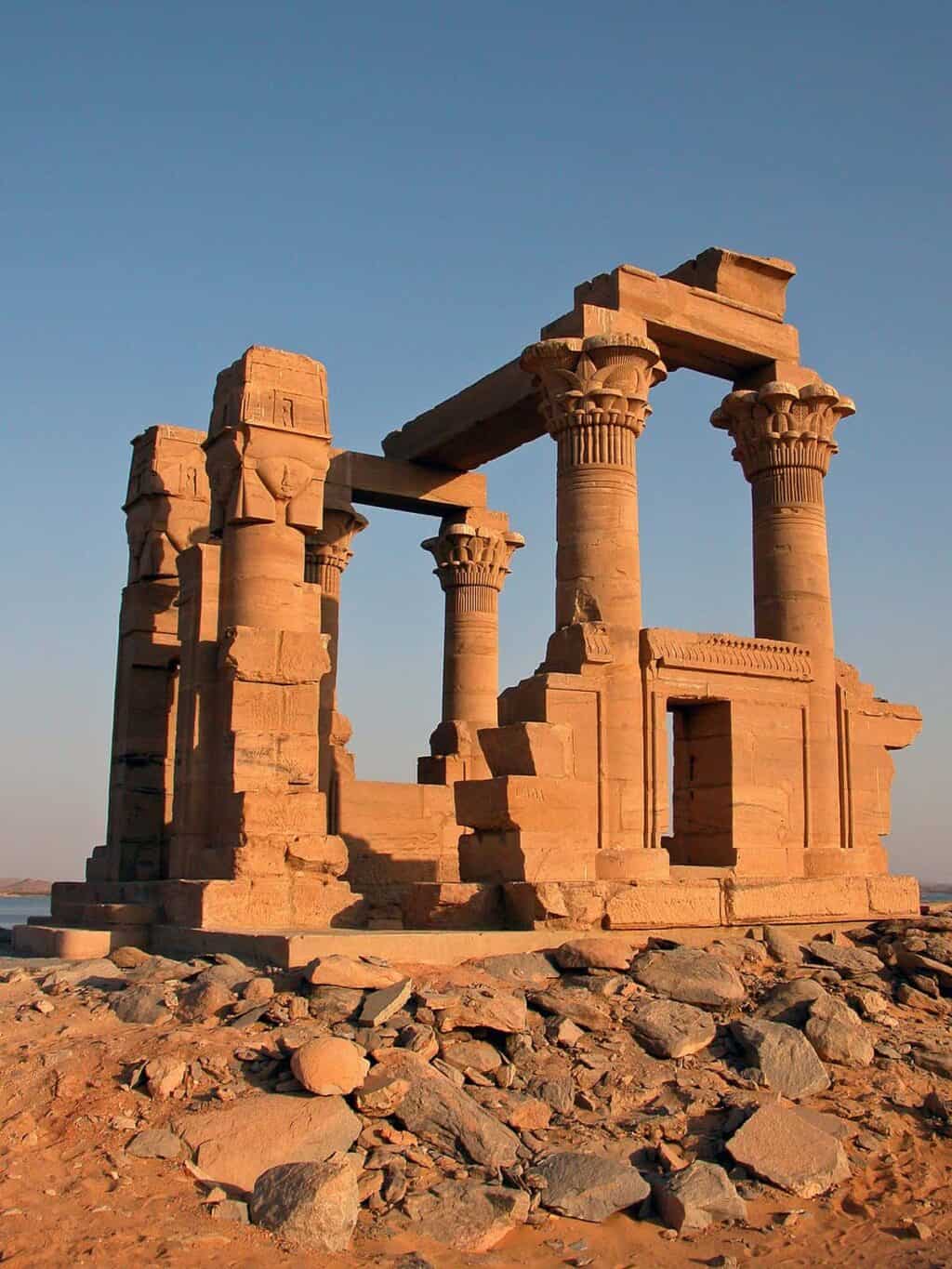
Temple of Derr
This rock-cut Egyptian temple evolved in the 19th Dynasty of Ramses II. Visitors notice its resemblance to other rock-cut temples in Nubia, including the famed Abu Simbel, which is one of the most famous temples in Upper Egypt. Like others in the area, the Temple of Derr was broken down into pieces and relocated for fear of damage by the rising waters of Lake Nasser. Early Christians used this house of worship––not uncommon for Egyptian temples––so some of the ornamental detailing is missing, yet a fair bit remains. Take note of the preserved reliefs depicting Ramses II, as well as the deities, Weret-hekau and Ptah, Menhit, the Nubian war goddess, and Amun-Re, the god of the sun.
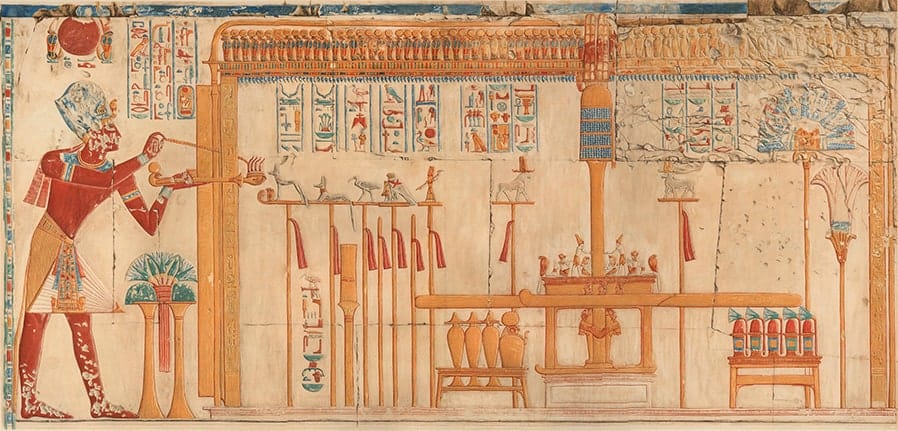
Great Temple of Abydos
This three-level site constructed of white limestone is a historical treasure in Abydos, one of the oldest cities in Ancient Egypt. Also called the Temple of Seti, one of the biggest temples in Upper Egypt, this complex sits about seven miles west of the Nile and was built by Pharaoh Seti and his son, Ramses II. One of this temple’s highlights is its reliefs, deemed some of the most impressive in any Egyptian temple. The Great Temple of Abydos connects to the Osirion, another grand place of worship modeled after the 18th Dynasty Valley of the Kings tomb. If you put in a request, some Egypt luxury tours can add a stop at Abydos, which is several hours’ drive from Luxor.
